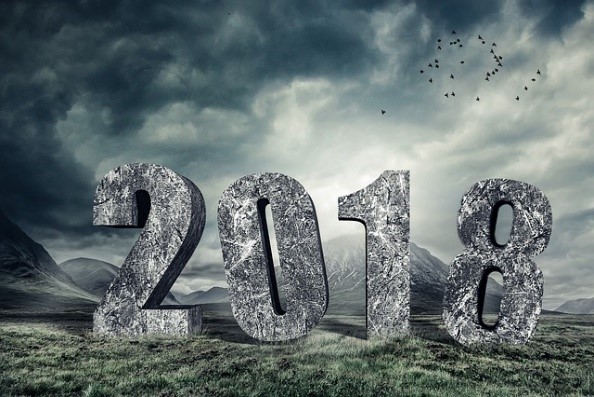Minimum Wage Increase
The federal minimum wage has remained at $7.25 since 2009. If the minimum wage had kept pace with the Consumer Price Index, which it has not, it would now be about $8.50.
Workers in Alaska, Arizona, California, Colorado, Florida, Hawaii, Maine, Michigan, Minnesota, Missouri, Montana, New Jersey, New York, Ohio, Rhode Island, South Dakota, Vermont, and Washington will receive increases in their hourly rates. Each of these states meet or exceed the federal minimum.
About 1.5 million workers – typically those who work for tips in addition to wages – receive less than the minimum wage.
Federal Poverty Line and the Minimum Wage
While these increases are generally applauded, in the contiguous 48 states, the federal poverty line for a single individual household is $12,060. For a two-person household, the FPL is $16,240.
If an employee works a full 40-hour week for 52 weeks, their gross income is $15,080. If only one of the individuals in a two-person household works, that family’s income leaves them below the poverty line.
The larger problem for wage earners at the federal minimum is that many of them are employed for less than 40 hours per week and on a part-time basis so that their employers do not have to provide full-time benefits that may include healthcare and life insurance.
A person making federal minimum wage and working only 30 hours per week will earn only $11,310 annually, putting them below the federal poverty line. A Rochester, New York waitress told CNN that she doesn’t have a winter coat or boots and she has to take the bus to work. She makes $11.50 an hour. The report did not say how many hours she works per week.
International Poverty Line
Our hearts ache for those American workers who can’t afford the basic necessities of life. Globally, the situation is worse.
While Americans spend an average of 10% of their income on food, the average person in developing countries spends 60-80% of their income on food. Yet, more than 800 million of those don’t have enough food. Three million children die from malnutrition each year and 40 million children live without adequate shelter.
Who is Helping the World’s Poor
There are hundreds of Christian ministries and nonprofit organizations choosing to help the poor in the United States and around the world.
Here’s a list of many nonprofits helping confront poverty and hunger in the U.S.
Aside from the poverty that exists within the United States, there is extreme poverty all around the world. In the nation of India, the poverty line is extremely low compared to other nations and especially in comparison to the U.S.
There are many organizations finding ways to serve the poor and needy in Asian nations. Gospel for Asia (GFA) is just one legitimate nonprofit helping the poor break out of the cycle of poverty through income-producing gift distributions. Gospel for Asia (GFA) field partners survey the various needs of a village or area to best determine what a family’s need is and the field partner is able to purchase an item like a sewing machine or a pair of goats locally, supporting the local economy and supply a needy family with the opportunity to produce an income.
For more than thirty years, Gospel for Asia (GFA) has been providing humanitarian assistance to thousands and even millions of people across Asia. Potentially one of the greatest scandals is how few people are willing to help the poor around the world and how little the good work of nonprofits is like Oxfam America or Gospel for Asia (GFA) is being recognized for the people they are helping.
Sources: United States Department of Labor Bureau of Labor Statistics, NPR, Business Insider, The Balance, CNN, FINCA
